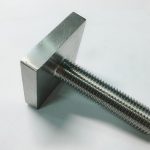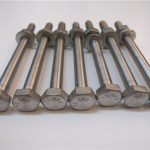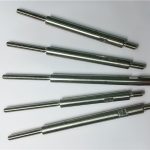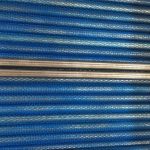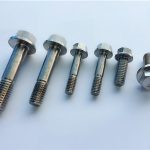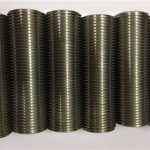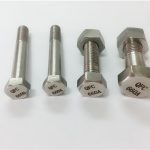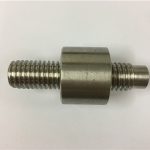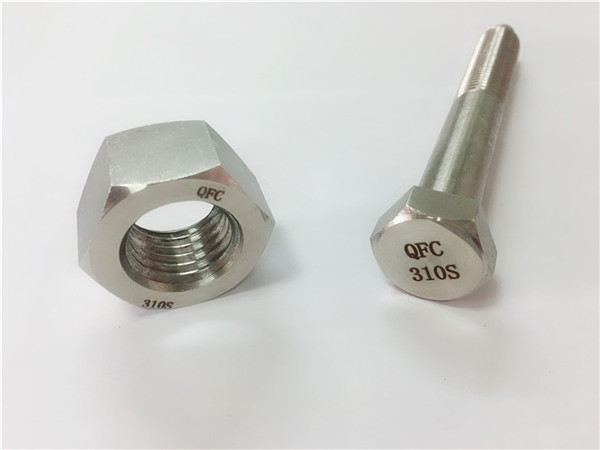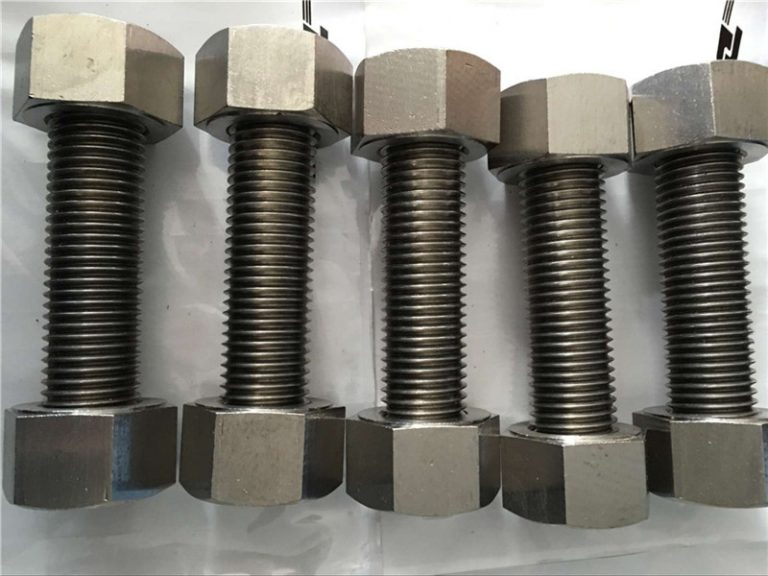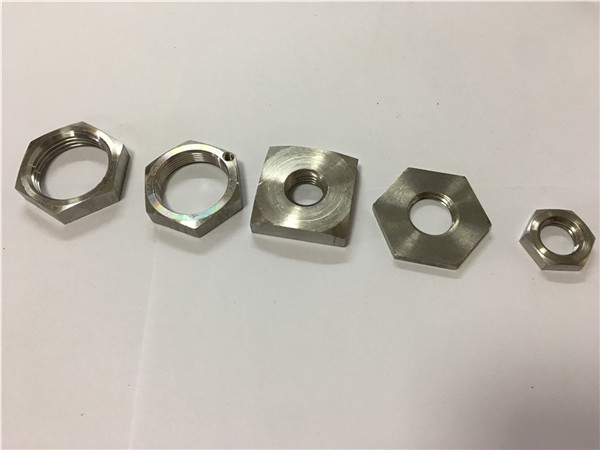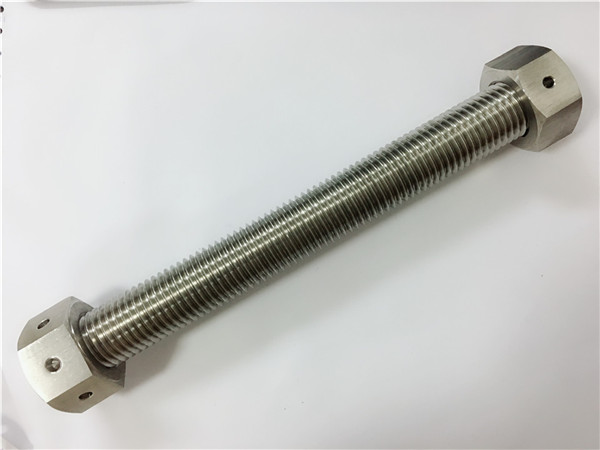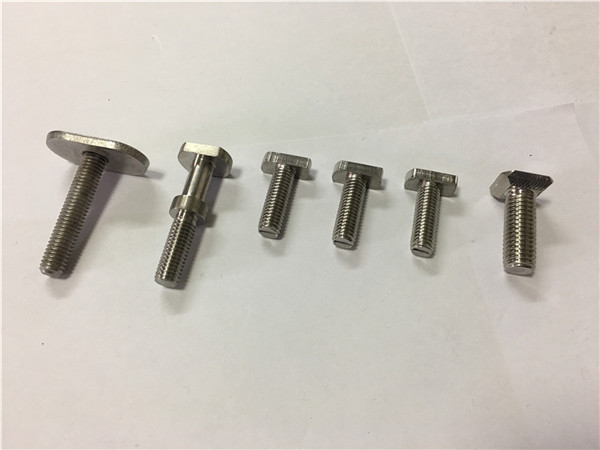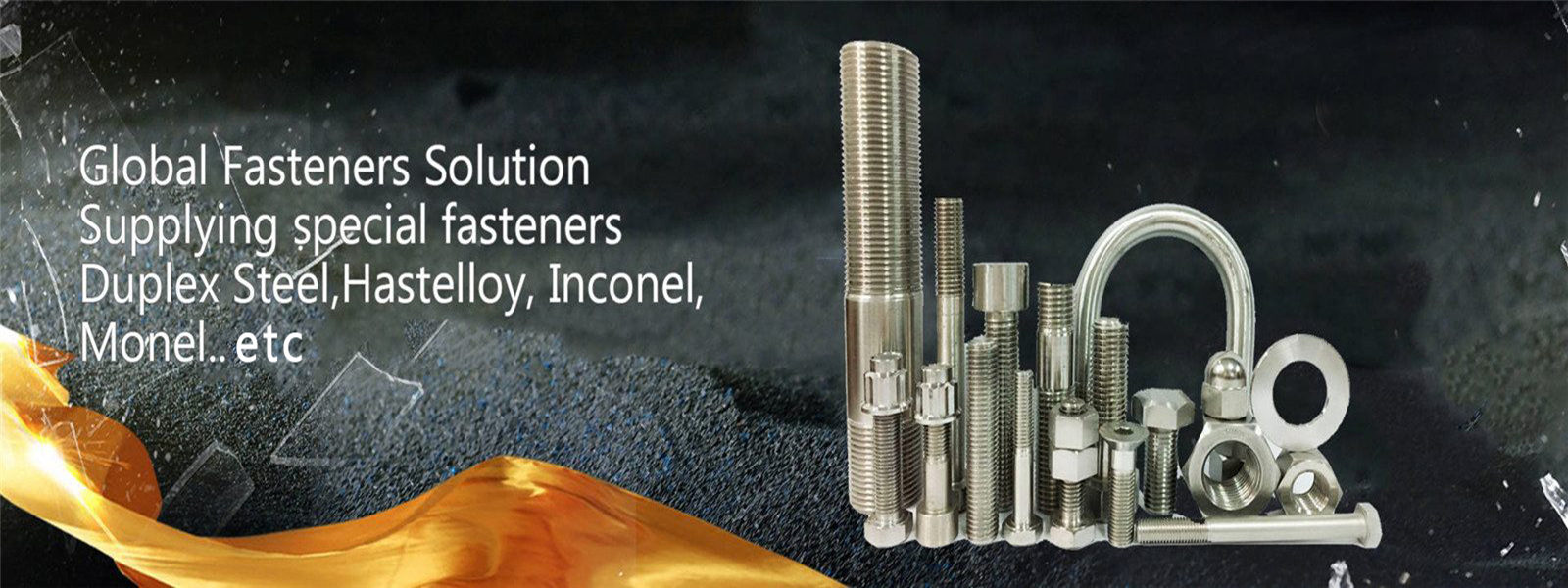
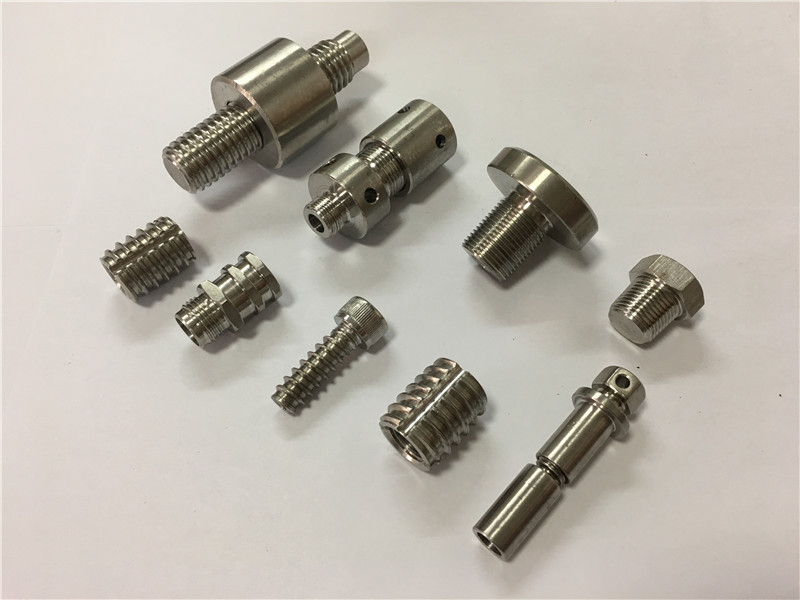
Product Overviews
HLMET IS THE GLOBAL PROFESSIONAL SUPPLIER OF TITANIUM, ZIRCONIUM, CHROMIUM, MOLYBDENUM, TUNGSTEN, NIOBIUM, TANTALUM, NICKEL, COBLAT AND OTHER METALS.
Titanium has a metallic luster and is malleable. The density is 4.5 g/cm3. Melting point 1660±10°C. Boiling point 3287 °C. Valence + 2, +3 and +4. The ionization energy is 6.82 eV. The main features of titanium are low density, high mechanical strength, and easy processing. The plasticity of titanium depends mainly on purity. The purer the titanium, the greater the plasticity. It has good corrosion resistance and is not affected by the atmosphere and seawater. Under normal temperature, it will not be corroded by 7% or less of hydrochloric acid, 5% or less of sulfuric acid, nitric acid, aqua regia or dilute alkali solution; only hydrofluoric acid, concentrated hydrochloric acid, concentrated sulfuric acid, etc. can act on it.
Titanium is an important alloying element in steels and alloys. The density of titanium is 4.506-4.516g/cc (20°C), which is higher than aluminum and lower than iron, copper and nickel. But the strength is at the top of the metal. [8] Melting point 1668±4°C, latent heat of fusion 3.7-5.0 kcal/g atom, boiling point 3260±20°C, latent heat of vaporization 102.5-112.5 kcal/g atom, critical temperature 4350°C, critical pressure 1130 atmospheres. Titanium has poor thermal and electrical conductivity and is approximately or slightly lower than stainless steel. Titanium has superconductivity, and the superconducting critical temperature of pure titanium is 0.38-0.4K. At 25°C, the heat capacity of titanium is 0.126 calories/gram [9] atoms·degree, enthalpy 1149 cal/gram atom, entropy 7.33 cal/gram atoms·degrees, titanium metal is paramagnetic, magnetic permeability is 1.00004 .
Titanium has plasticity, and the elongation of high-purity titanium can reach 50-60%, and the area shrinkage can reach 70-80%, but the shrinkage strength is low (that is, the force generated when shrinking). The presence of impurities in titanium has a great influence on its mechanical properties, especially the gap impurities (oxygen, nitrogen, carbon) can greatly increase the strength of titanium and significantly reduce its plasticity. Titanium as a structural material has good mechanical properties, which is achieved by strictly controlling the content of appropriate impurities and adding alloying elements.
Zirconium easily absorbs hydrogen, nitrogen, and oxygen; zirconium has a strong affinity for oxygen, and oxygen dissolved in zirconium at 1000°C can make it
The volume of metallic zirconium increases significantly. The surface of zirconium is easy to form an oxide film and has a gloss, so the appearance is similar to that of steel. Corrosion resistance, but soluble in hydrofluoric acid and aqua regia. At high temperatures, it reacts with non-metallic elements and many metallic elements to produce solid solutions. Zirconium has good plasticity and can be easily processed into plates and wires. Zirconium can absorb a large amount of oxygen, hydrogen, nitrogen and other gases when heated, and can be used as a hydrogen storage material. Zirconium has better corrosion resistance than titanium and is close to thorium and thorium. Zirconium and hafnium are two metals that are chemically similar and co-occurring together and contain radioactive material.
Chromium is a silvery white shiny metal, pure chromium is malleable, chromium containing impurities is hard and brittle. Density 7.20g/cm3. Soluble in strong alkali solution. Chromium has a high resistance to corrosion and it oxidizes slowly in air even when it is in a hot state. Insoluble in water. Plated on the metal can play a protective role.
Molybdenum, silver-white metal, hard and tough. Density 10.2 g/cm3. Melting point 2610°C. Boiling point 5560 °C. The valences are +2, +4 and +6 and the stable price is +6. The first ionization energy is 7.099 eV. It is not attacked by air at room temperature. No reaction with hydrochloric acid or hydrofluoric acid.
Pure molybdenum wire is used in high-temperature electric furnaces; molybdenum sheets are used to make radio-electric villages and X-ray equipment; and molybdenum in alloy steels can increase elastic limit, corrosion resistance, and maintain permanent magnetic properties. Molybdenum is one of the seven micronutrients needed for plant growth and development. Without it, plants cannot survive. Animals and fish, like plants, also need molybdenum.
The main consumption area of molybdenum is the iron and steel industry. More than 80% of molybdenum is used as an additive element in steel in industrially developed countries, and only about 20% of molybdenum is used to make molybdenum, superalloys and special alloys, chemicals, etc., and consumed in petroleum. Chemicals, light industry, electronics, and some high-tech fields.
Tungsten is a rare high-melting point metal that increases the high temperature hardness of steel and belongs to the VIB group in the sixth cycle (second longest cycle) of the periodic table. Tungsten is a silver-white metal that looks like steel. Tungsten has a high melting point, a low vapor
